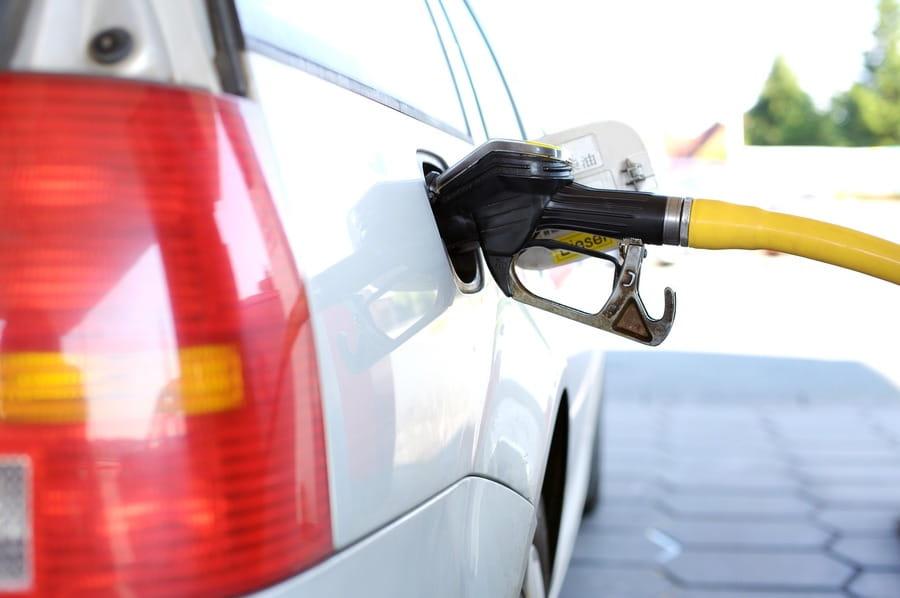Expected demand of 1.04 bln liters was exceeded by 3.85% compared to sales of 1.08 bln liters in February; Anhydrous ethanol is below expectations
The most recent estimates from Unica’s biweekly report, updated by the entity, showed a typical off-season scenario, with minimum cane crush volumes and production of derivatives for both the first and second halves of February. However, what effectively surprised the market in February was the sales volume, which was higher than expected by SAFRAS & Mercado for hydrated ethanol and below expectations for anhydrous ethanol. In fact, since the previous month our estimate for hydrated ethanol sales was 1.04 bln liters, down 3.70% from the 1.08 bln liters effectively seen at the end of February. The presence of the extended Carnival holiday more than made up for the fewer days that February has on the calendar.
However, the same cannot be said about anhydrous ethanol, which came 4.77% below SAFRAS & Mercado’s expectation for the period, which fluctuated at around 923 mln liters against 879 mln effectively observed in February. Of course, in the end, this is good news for the productive sector, with highs above expectations and intense growth in the margin (compared to the previous month) on the side of hydrated ethanol. However, this does not mean there is a slowdown in gasoline sales. The most recent data from the ANP for January this year show that gasoline has been gaining more and more share in fuel sales all over Brazil, considering only the volumes of hydrated ethanol and gasoline. In January, gasoline sales accounted for 78% of demand, while hydrated ethanol accounted for only 21% of purchases. In the previous month, hydrated ethanol accounted for 23%, and gasoline for 76% of sales. This pattern has been observed since September last year.
But the deceleration of anhydrous ethanol sales can only reflect a reduction in the movement of purchases in advance of anhydrous ethanol by distributors rather than an effective deceleration in the sales of the biofuel, linked to gasoline. High physical prices also explain this decline in anhydrous ethanol sales. Going back to Unica’s data, while hydrated ethanol had an increase of 8% in the margin, anhydrous ethanol had a 10% decrease from the previous month. In the textual part of Unica’s report, the only highlights are the indications of the resumption of crushing by mills in March, which, according to the entity, must involve 18 mills. However, last week, SAFRAS & Mercado updated the survey, indicating that in March 30 mills must be back to work earlier than normal on the new crop.
Looking at corn ethanol, we can see that anhydrous ethanol production hit 152 mln liters in February along with 199 mln liters of hydrated ethanol, totaling 352 mln liters in the month. SAFRAS & Mercado warns that the earlier crush by 30 mills in the Center-South, partially confirmed by Unica, tends to maintain the perception of a strong increase in supply availability in the short term, between March and April, reinforcing the low tone of prices that occurs due to this vector and also to the storage pressure that arises from this movement. Therefore, new price lows must occur in the physical market in March, even with February sales having positively surprised the market.

